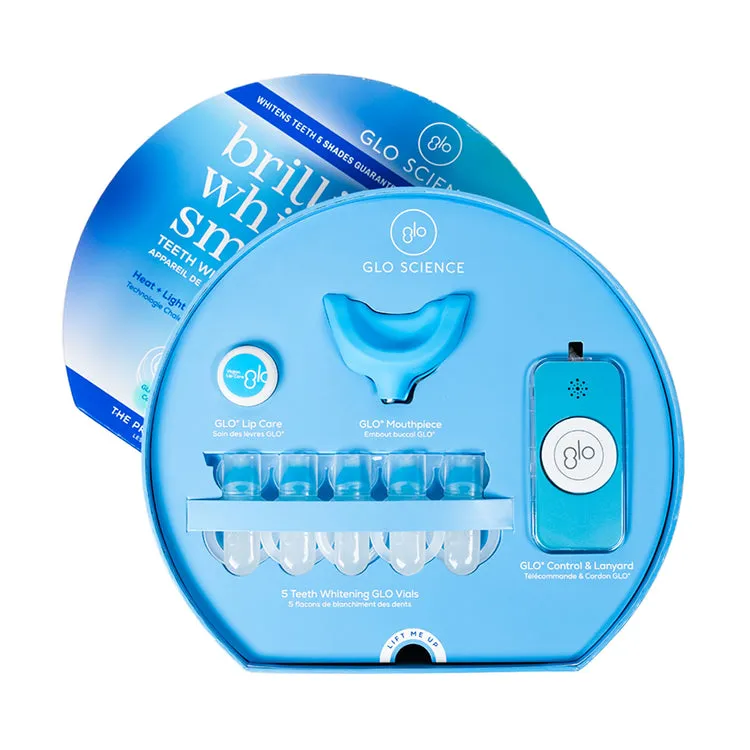The Power of Baking Soda for Teeth Whitening
Baking soda, or sodium bicarbonate, has long been touted as a natural teeth whitening agent, offering a budget-friendly alternative to professional treatments. Its abrasive properties can help remove surface stains, revealing a brighter smile. This article explores how baking soda can be used effectively and safely for teeth whitening at home, providing a comprehensive guide to achieving the results you desire. This natural approach can significantly enhance your smile, making it a valuable addition to your oral hygiene routine, all from the comfort of your home.
Understanding Baking Soda’s Whitening Properties
The effectiveness of baking soda in teeth whitening stems from its mild abrasive nature and its ability to neutralize acids. Baking soda helps scrub away stains caused by coffee, tea, and other foods and drinks. Furthermore, it creates an alkaline environment in the mouth, which inhibits bacterial growth. These combined actions contribute to cleaner teeth and a brighter smile. Remember, baking soda works on surface stains, not on intrinsic discoloration that may require professional treatment. Therefore, managing expectations is essential when using this home remedy.
How Baking Soda Works on Tooth Stains

Baking soda’s slight abrasiveness physically scrubs away the particles that cause stains on the enamel surface. This action polishes the teeth, removing the build-up of staining compounds. Think of it as a gentle exfoliation for your teeth. Regular use of baking soda can help maintain the whiteness of your teeth, especially when combined with a proper oral hygiene routine that includes brushing with fluoride toothpaste and flossing regularly. However, it’s crucial to use baking soda cautiously to avoid any potential damage to the enamel.
What to Expect from Baking Soda Whitening
When using baking soda for teeth whitening, it’s crucial to have realistic expectations. Results may not be immediate; it often takes several weeks of consistent use to notice a visible difference. The degree of whitening also varies from person to person, depending on the nature and extent of staining. While baking soda can effectively remove surface stains, it cannot change the natural color of your teeth. If you have significant discoloration or are seeking drastic whitening, consider consulting with a dentist about professional options. The goal is to see gradual improvements, not a dramatic overnight transformation.
Preparing Your Teeth for Baking Soda Treatment
The Right Way to Brush with Baking Soda
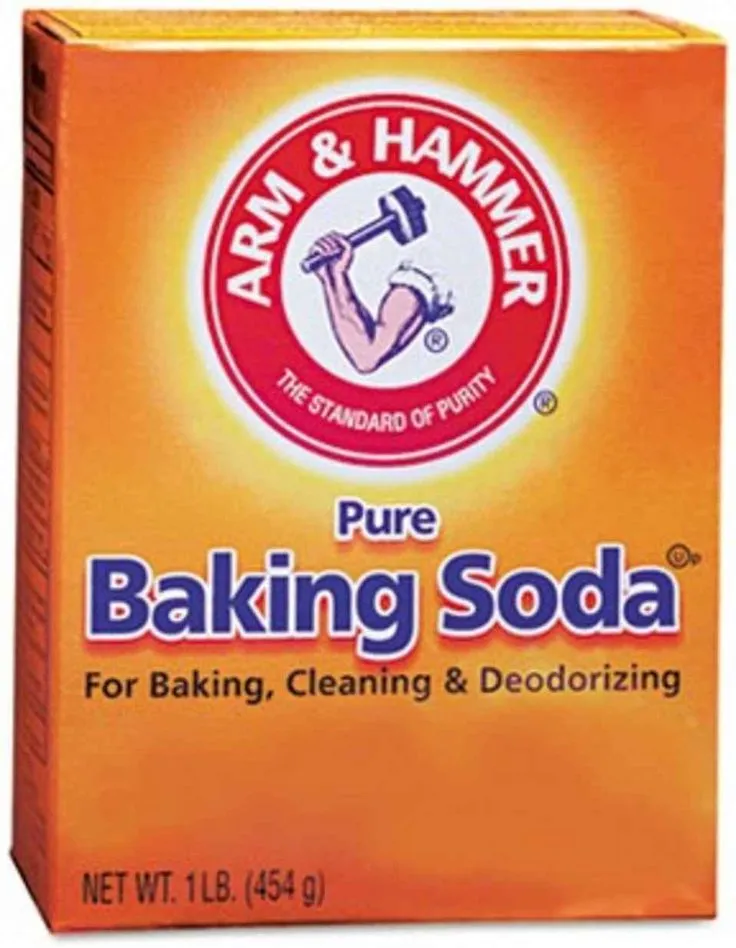
The correct brushing technique is critical to maximize the benefits of baking soda while minimizing potential risks. Use a soft-bristled toothbrush to avoid excessive abrasion. Apply a small amount of baking soda paste to your toothbrush – about the size of a pea. Brush gently in circular motions, ensuring you cover all surfaces of your teeth. Avoid scrubbing vigorously. Brush for approximately two minutes, then rinse thoroughly with water. It is important to alternate between using baking soda and your regular fluoride toothpaste to maintain enamel health. Be gentle and avoid over-brushing.
Creating a Baking Soda Paste
The most common method of using baking soda is to create a paste. Simply mix baking soda with water until a paste-like consistency is achieved. The ratio should be about 1 part baking soda to 1 part water, but feel free to adjust it to your preferred consistency. Avoid making the paste too thick, as this could increase abrasion. Ensure all the baking soda is dissolved, and the mixture is uniform. If you find the taste of the paste too strong, you can add a drop or two of your favorite essential oil (like peppermint) for flavor, but make sure to use food-grade essential oils only.
Application Technique
Once the paste is ready, the application is straightforward. Dip your soft-bristled toothbrush into the paste, ensuring that the bristles are coated, but not overloaded. Brush your teeth gently, using circular motions. Pay attention to all surfaces of your teeth, including the front, back, and chewing surfaces. Brush for two minutes, making sure to cover every tooth thoroughly. After brushing, rinse your mouth with water. It’s essential not to swallow any of the paste. Rinse thoroughly to eliminate any remaining baking soda. Rinse thoroughly to ensure all traces of the paste are gone to prevent prolonged exposure.
Important Considerations Before Starting
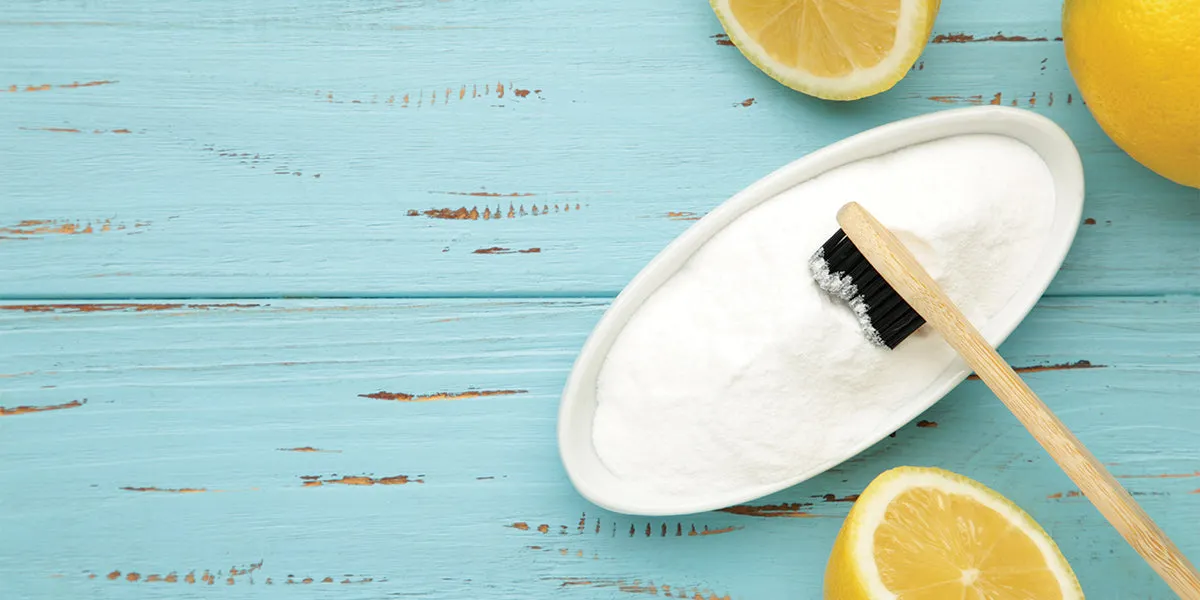
Before incorporating baking soda into your oral hygiene routine, it’s essential to consult with your dentist, especially if you have any underlying dental issues, like sensitive teeth or gum disease. They can assess your oral health and determine if baking soda is appropriate for you. Start by using baking soda once or twice a week, observing how your teeth and gums react. If you experience any sensitivity or discomfort, discontinue use and consult your dentist. Proper dental care is crucial to avoid long-term complications and maintain your oral health.
Whitening Your Teeth Safely
To ensure safety when using baking soda, moderate its usage. Excessive or frequent use can damage tooth enamel, leading to increased sensitivity and potential decay. Always use a soft-bristled toothbrush and brush gently, avoiding excessive force. If you experience any sensitivity or discomfort, stop using baking soda immediately. Regular dental check-ups and professional cleanings are vital, along with using baking soda, to maintain optimal oral health. Professional advice is key to ensure that this method is suitable for you.
Avoiding Potential Risks
The abrasive nature of baking soda poses some risks. Overuse can erode tooth enamel, making your teeth more susceptible to cavities and sensitivity. It’s crucial to limit your use to a few times per week and always follow up with your regular fluoride toothpaste. Additionally, some individuals may experience gum irritation. If you notice any bleeding or inflammation, stop using baking soda and consult your dentist. Listen to your body and oral health and make adjustments accordingly. The goal is to maintain a balance between whitening and preserving your oral health.
Baking Soda Whitening Recipes and Methods
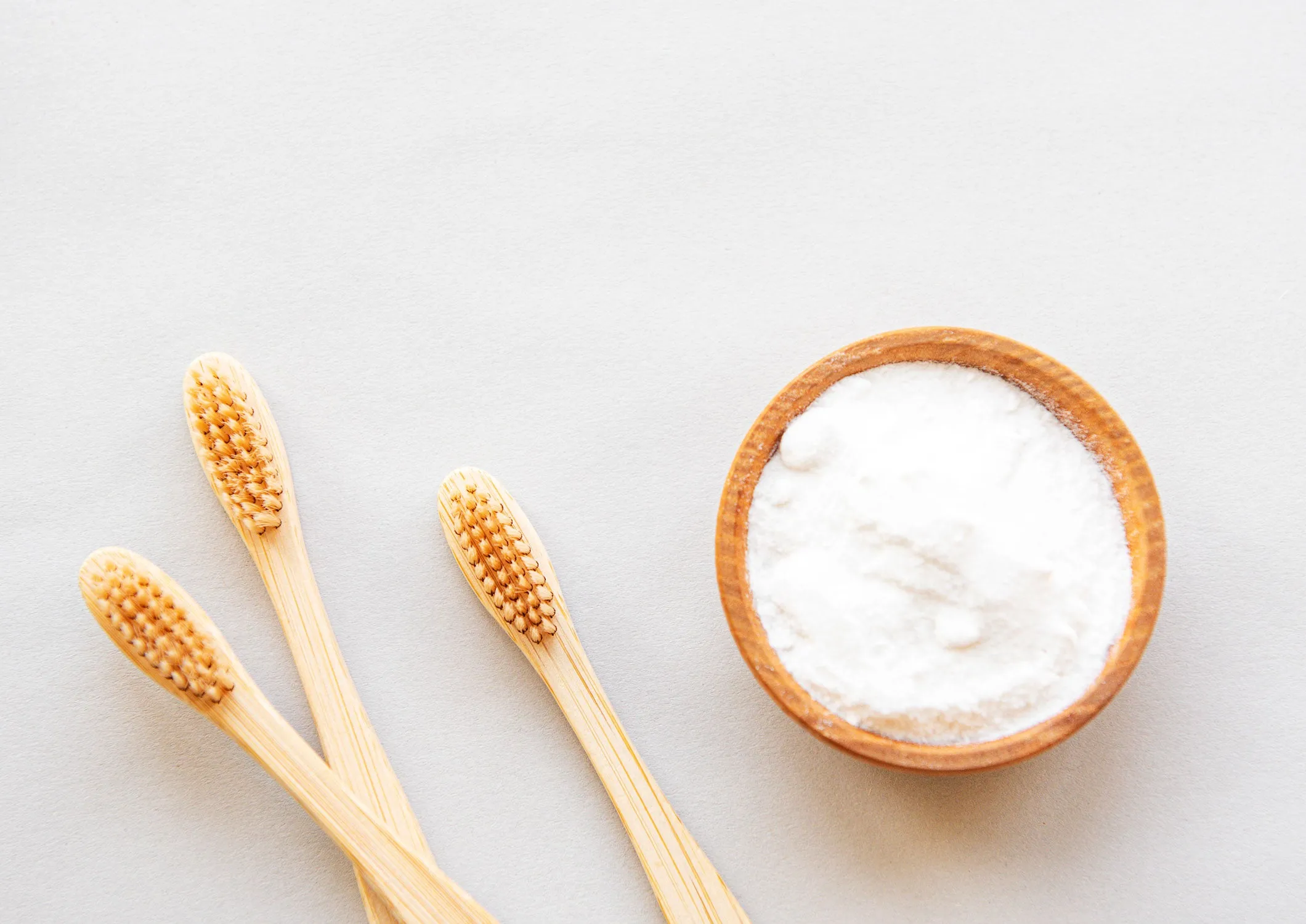
Baking Soda and Water Paste
This is the simplest method, as described earlier. Mix baking soda with water to create a paste. Brush your teeth gently for about two minutes, rinse thoroughly, and follow with your regular toothpaste. Ensure you don’t add too much water, otherwise the paste will be runny. Consistent, gentle brushing is essential. This method is easy to execute and readily available, making it an ideal starting point for many who are new to this type of whitening. It uses a simple method, combining the cleansing properties of baking soda with water to create a readily usable paste. This method is straightforward.
Baking Soda and Hydrogen Peroxide
Some people combine baking soda with hydrogen peroxide for enhanced whitening power. Mix baking soda with a small amount of 3% hydrogen peroxide to create a paste. Hydrogen peroxide is a mild bleaching agent that can help whiten teeth. Use this mixture sparingly (no more than once a week). Brush your teeth gently for about two minutes, and rinse thoroughly. Ensure you use the right concentration of hydrogen peroxide. Hydrogen peroxide offers a heightened whitening impact. However, it’s essential to know the risks, such as potential gum irritation and increased tooth sensitivity. Therefore, it’s best to use this combination with caution.
Baking Soda and Lemon Juice
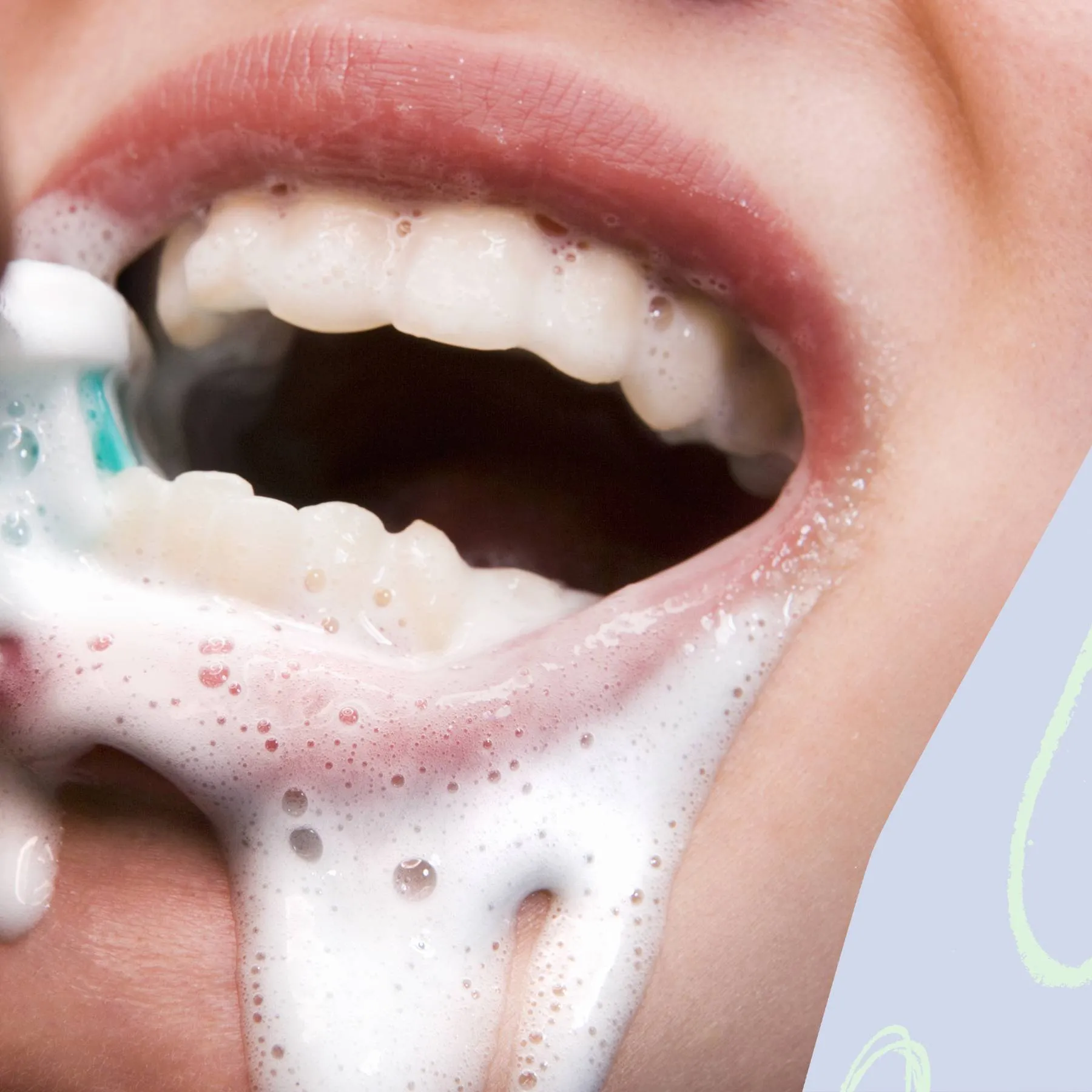
Lemon juice is sometimes added to baking soda to enhance whitening. However, the acidity of lemon juice can erode tooth enamel. This combination is more likely to cause damage than provide benefit. If you choose to use this method, do so extremely sparingly, perhaps once a month, and rinse your mouth thoroughly afterward. Using lemon juice is not recommended. The use of lemon juice can cause the erosion of enamel. Therefore, this combination should be avoided or used with extreme caution. If you experience sensitivity or pain, stop using this method and consult your dentist.
Aftercare and Maintenance for a Bright Smile
Post-Whitening Care
After using baking soda for teeth whitening, it’s essential to practice proper post-whitening care. Rinse your mouth thoroughly to remove any remaining baking soda. Follow up with your regular fluoride toothpaste to help remineralize your enamel and protect against cavities. Avoid consuming highly acidic foods and drinks, such as citrus fruits and carbonated beverages, immediately after brushing, as your enamel might be temporarily more vulnerable. Stay consistent with your oral hygiene routine, brushing at least twice a day and flossing once.
Maintaining Your Results
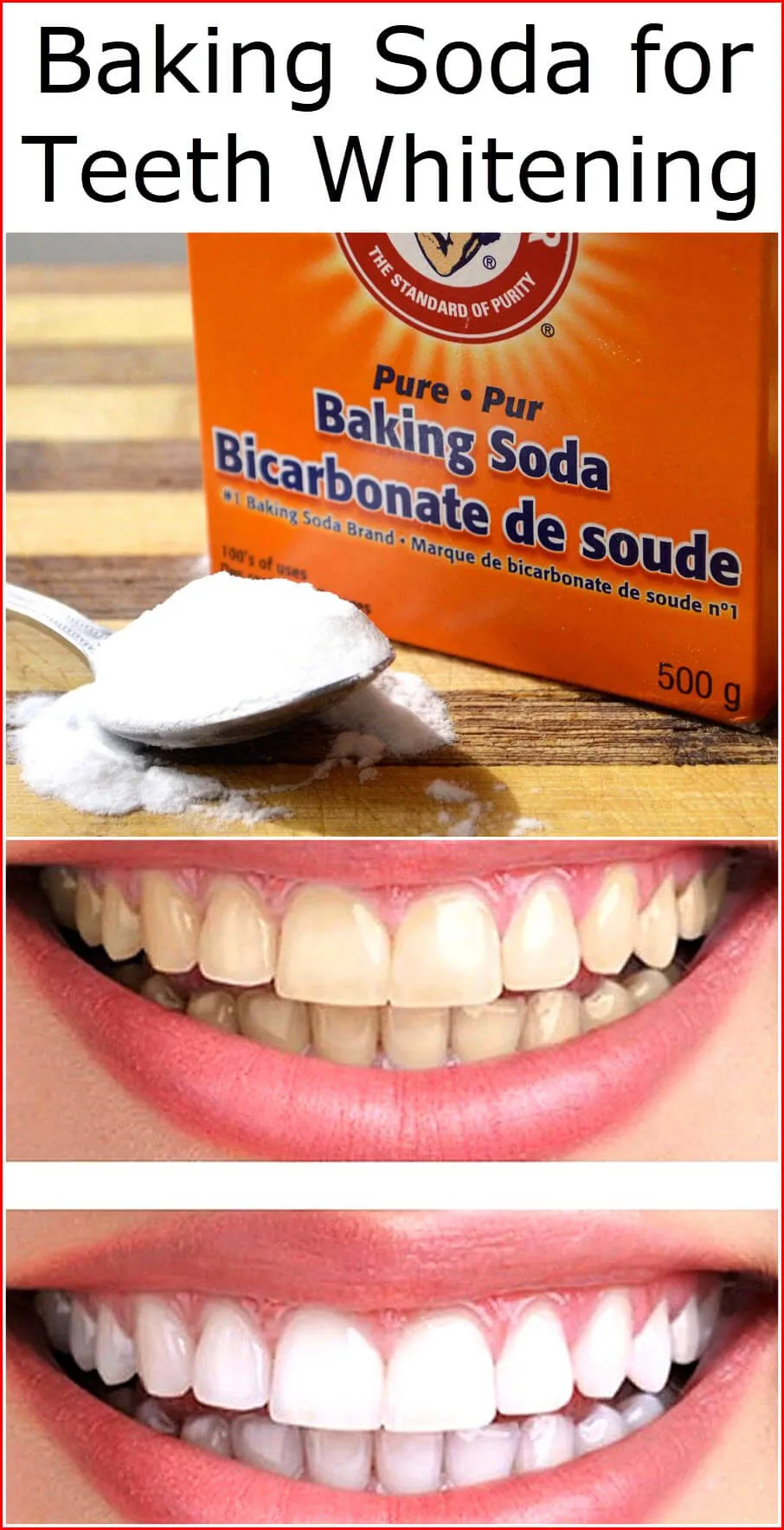
To maintain a bright smile, continue with your regular oral hygiene routine. Regular brushing, flossing, and professional dental check-ups are crucial. Limit your consumption of staining foods and beverages, like coffee, tea, and red wine. Consider using a whitening toothpaste to help maintain the results of your baking soda treatment. If you are a smoker, try to quit smoking to prevent staining and improve overall health. Staying consistent with these practices will help you enjoy a radiant smile for a longer period.
Is Baking Soda Right for You?
Advantages of Using Baking Soda
Using baking soda for teeth whitening offers several benefits. It’s a cost-effective, readily available, and natural option. It can effectively remove surface stains, leading to a brighter smile. It is also a mild abrasive that can help remove plaque. The alkaline nature of baking soda can also help neutralize acids in the mouth, contributing to better oral health. Therefore, baking soda is a great option for those who want to whiten their teeth at home without spending a lot of money. Consistent use can lead to noticeable results over time.
Potential Disadvantages and Alternatives
Despite the advantages, baking soda has potential drawbacks. Overuse can damage tooth enamel, leading to increased sensitivity. It might not be suitable for everyone, especially those with sensitive teeth or existing dental issues. If you experience any adverse effects, discontinue use and consult your dentist. Consider professional teeth whitening treatments if baking soda doesn’t deliver the desired results, or if you have significant staining. Other alternatives include whitening strips, whitening toothpaste, or professional whitening from your dentist. Consulting with a dental professional is always recommended to find the best option.
